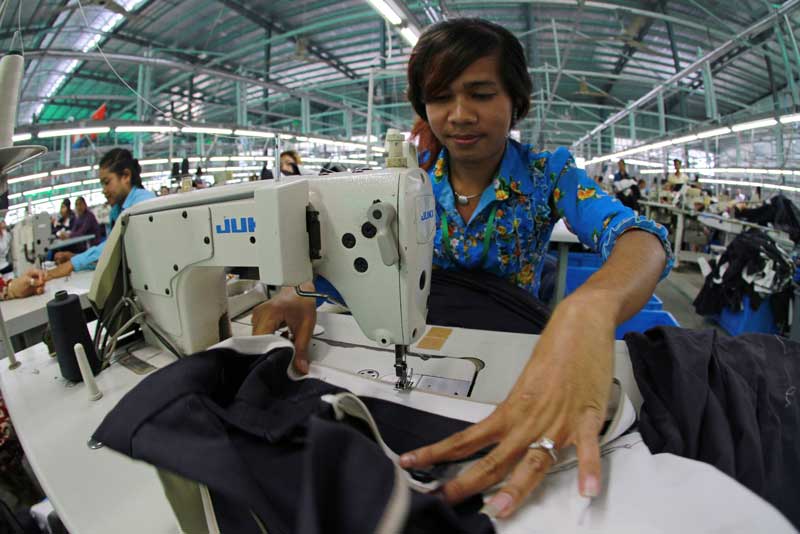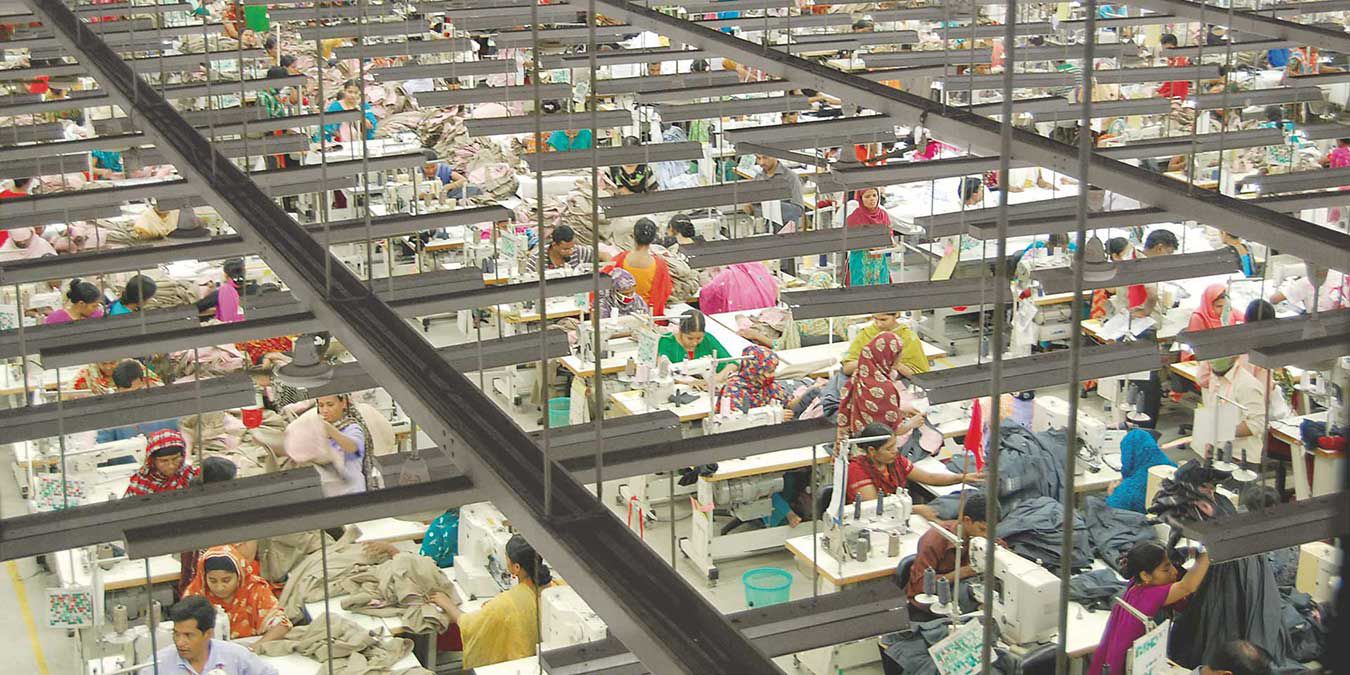Cropped t-shirts, sleeveless dresses, and camo joggers are just a few of the H&M styles that appeal to customers searching for the latest fashion fads. H&M’s suppliers are staying abreast of industry trends, too—especially when it comes to adopting sustainable practices by reducing their carbon footprint.
One of those suppliers, C. L. Gupta Exports, based in the Indian state of Uttar Pradesh, has committed to renewable energy solutions to help preserve the environment and build a more competitive business.
“Implementing renewable energy makes business sense, and to save the earth we have to create sustainable solutions," says Bhupendra Kumar Rathi, the head of plant maintenance for C. L. Gupta Exports.
Encouraged by rapidly falling prices for solar energy and the prospect of reducing expenses, the company invested in a 2-megawatt peak (MWp) onsite rooftop solar photovoltaic (PV) project. The installation is expected to save C. L. Gupta Exports about $100,000 a year in energy costs and avoid annual emissions of 2,500 tons of carbon dioxide—the equivalent of taking 500 vehicles off the road.

The $2.5 trillion fashion industry is responsible for around 10 percent of global greenhouse emissions. © Chhor Sokunthea/World Bank
New Patterns of Energy Consumption
H&M partnered with IFC in 2017 to help C.L. Gupta Exports—and H&M’s other 1,300 strategic garment suppliers in Bangladesh, China, and India—adopt solutions to become carbon neutral by 2030. Suppliers will ultimately benefit from improved profitability that follows reduced input costs, achievement of corporate sustainability targets, and a more reliable power supply.
International clothing retailer H&M is one of the first companies in the world to start setting climate change and renewable energy goals along its value chain. Renewable energy already powers 96 percent of the fashion giant’s own operations, and the partnership with IFC aims to expand this climate-friendly approach to the independent garment factories that produce its offerings throughout the world.
For C. L. Gupta Exports, IFC conducted an initial assessment on the technical and commercial feasibility of a rooftop solar PV project and then, based on the findings, offered technical support and guidance on capacity-building. The company believes it has found a scalable solution across the supply chain—one that may work for other suppliers, too.
Distributed generation is becoming widely accessible in India with the falling price of solar PV systems. But while distributed generation solutions present a clear business case for suppliers—including reduced costs, a reduced carbon footprint, and improved energy security—barriers persist.
There is a lack of comfort with commercially available and proven renewable technologies, along with a high perceived risk among suppliers when faced with unfamiliar technologies. Other obstacles are limited access to finance to cover the upfront costs and lack of technical expertise and capacity to assess, design, implement, and operate distributed generation projects.
But these projects are especially important in India, which contributes as much as 8 percent of total global greenhouse emissions. Each ton of textile produced generates up to 17 tons of greenhouse emissions, mainly due to factories’ heavy reliance on diesel and conventional energy generation.
Leading Initiatives on Sustainability
The $2.5 trillion fashion industry is responsible for around 10 percent of global greenhouse emissions. In response to growing international pressure and financial challenges, several global fashion brands are moving toward sustainable practices.
H&M has been at the forefront of this trend. Its corporate sustainability targets include the goal of sourcing 100 percent of the electricity it uses worldwide from renewable energy resources. The company had outlined this target even before it became a founding signatory of the Fashion Industry Charter for Climate Action. The Charter is aligned with the goals of the Paris Agreement and envisions the industry achieving net zero emissions by 2050.
The Charter’s signatories have set an initial target to reduce their aggregate greenhouse emissions by 30 percent by 2030. They have defined concrete measures to accomplish this, such as phasing out coal-fired boilers and other sources of coal-fired heat and power generation in their own companies and direct suppliers by 2025.
Join the conversation: #IFCimpact
Published in December 2019
